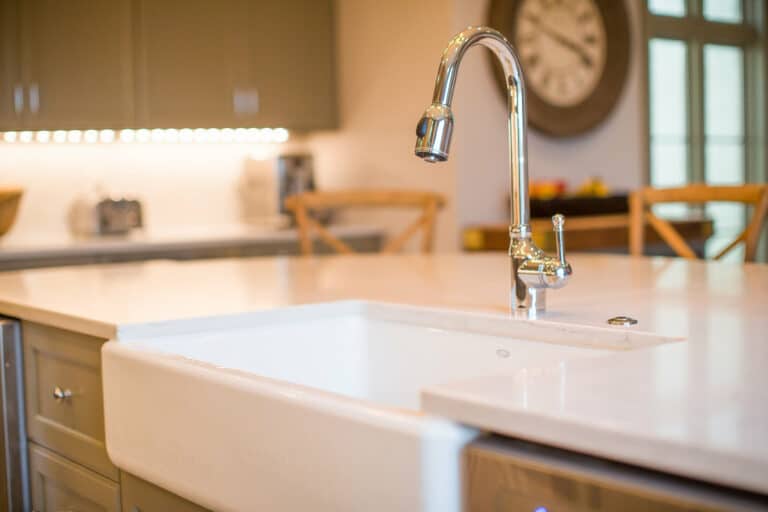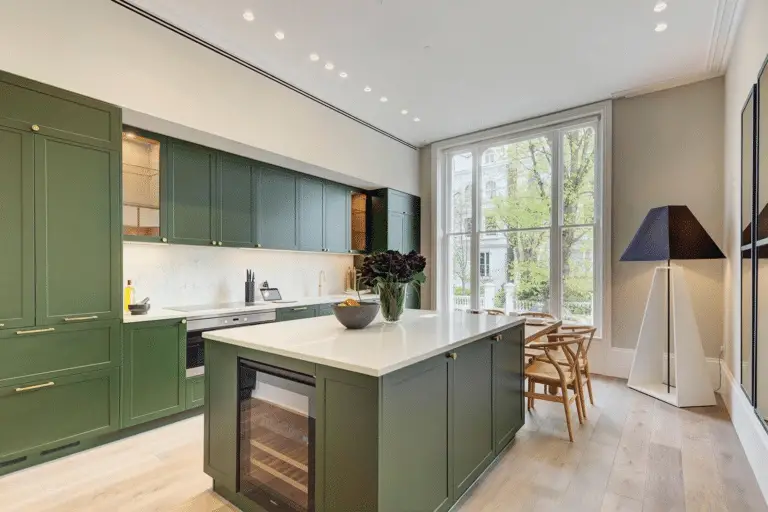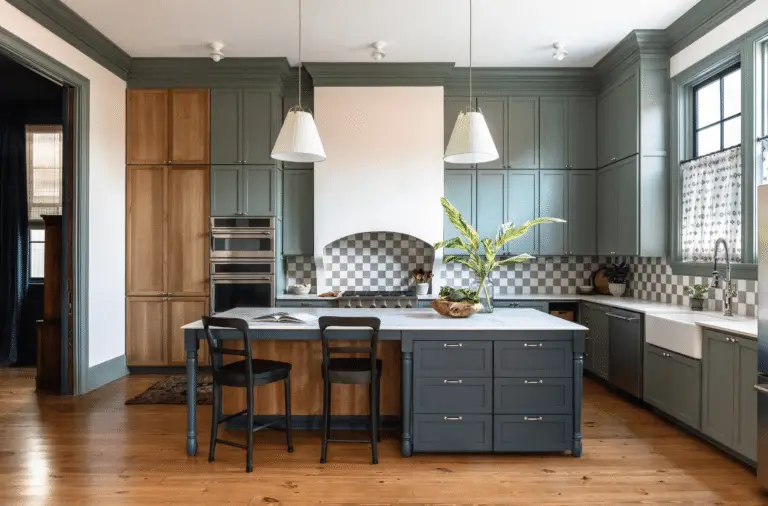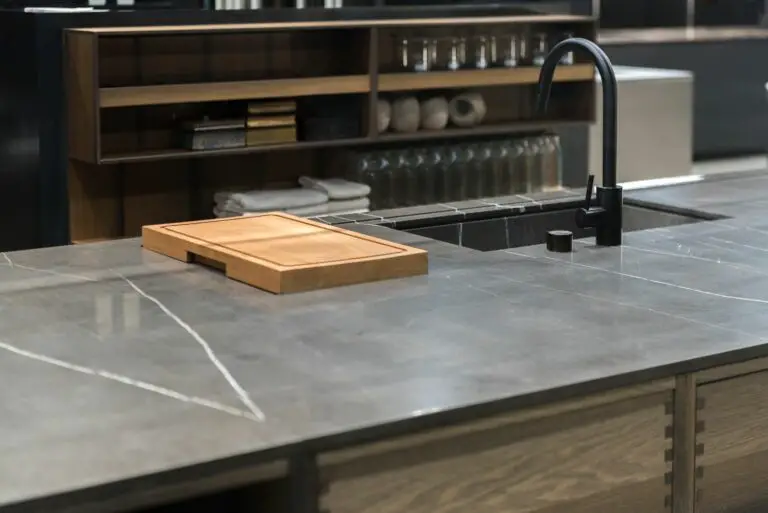Welcome to the ultimate guide on jazzing up your kitchen island with some stylish molding! From understanding the role of molding in enhancing aesthetics to choosing the right type for your kitchen, this post covers it all.
Learn about the benefits of installing kitchen island molding, different types to choose from, and practical tips for installation. So, grab your tools and get ready to add a touch of sophistication to your kitchen island! Let’s dive in.
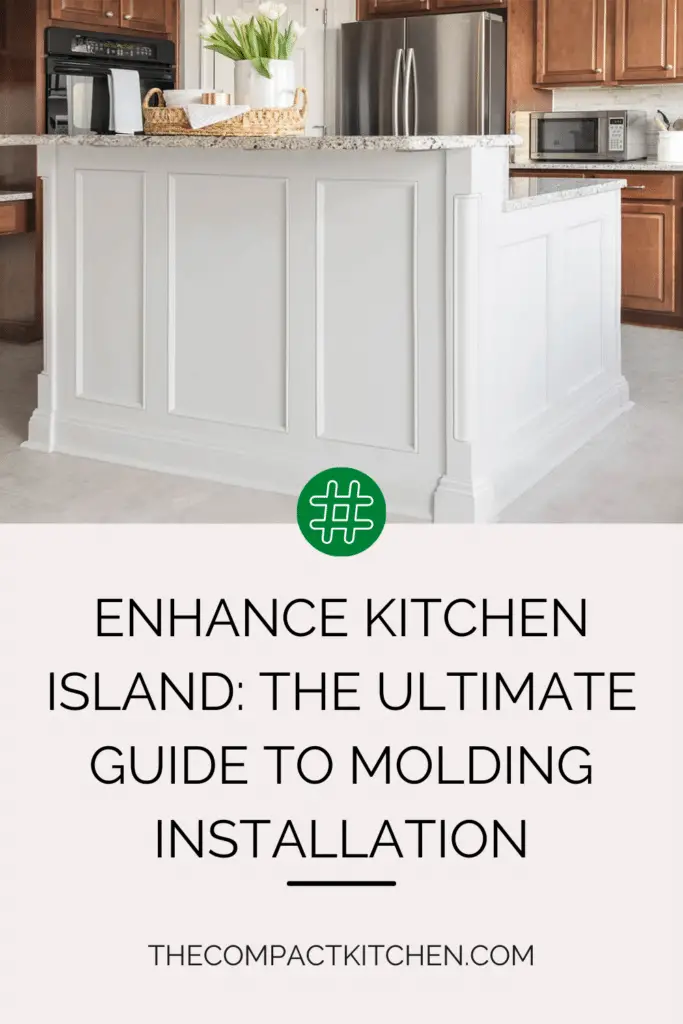
Introduction to Kitchen Island Molding
When it comes to elevating the look of your kitchen, the details matter. One often-overlooked but crucial element in kitchen design is molding. Kitchen island molding plays a significant role in enhancing the aesthetic appeal of this focal point in your kitchen. It not only adds style and sophistication but also provides protection and longevity to your kitchen island.

Before delving into the benefits and types of kitchen island molding, let’s first understand the importance of this design element. Molding serves as a decorative trim that adds visual interest and creates a seamless transition between different components of your kitchen island. It helps to make the island look more substantial and well-crafted, giving it a polished and refined appearance.
Overview of Various Types of Kitchen Island Moldings
There are various types of moldings that can be used to enhance the look of your kitchen island. These include crown molding, baseboard molding, and picture frame molding, among others. Each type has its unique characteristics and benefits, allowing you to customize the look of your kitchen island to suit your style.
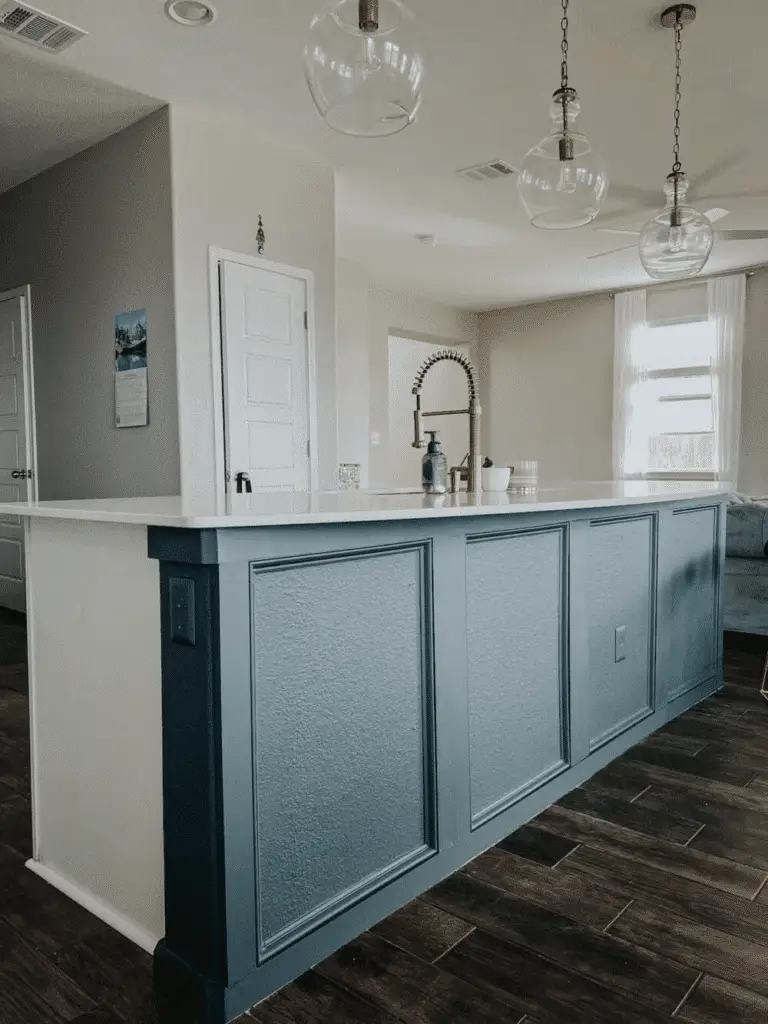
While crown molding adds a touch of elegance and sophistication, baseboard molding provides a more traditional and classic look. Picture frame molding, on the other hand, offers a modern and contemporary feel to your kitchen island. The choice of molding ultimately depends on your personal preferences and the overall design theme of your kitchen.
By incorporating the right type of molding, you can transform your kitchen island into a stylish and functional centerpiece that reflects your aesthetic taste and enhances the overall appeal of your home.
Benefits of Installing Kitchen Island Molding
When it comes to upgrading your kitchen island, adding molding is a game-changer. Not only does it enhance the visual appeal of the island, but it also brings a host of benefits that can make a significant impact on your kitchen’s overall look and feel.
Prolonged Life and Protection of Your Kitchen Island
One of the key advantages of installing kitchen island molding is the added protection it provides. Molding helps to shield the edges of your island from everyday wear and tear, such as bumps and scratches. This extra layer of defense can significantly prolong the life of your island, ensuring that it remains in top condition for years to come.
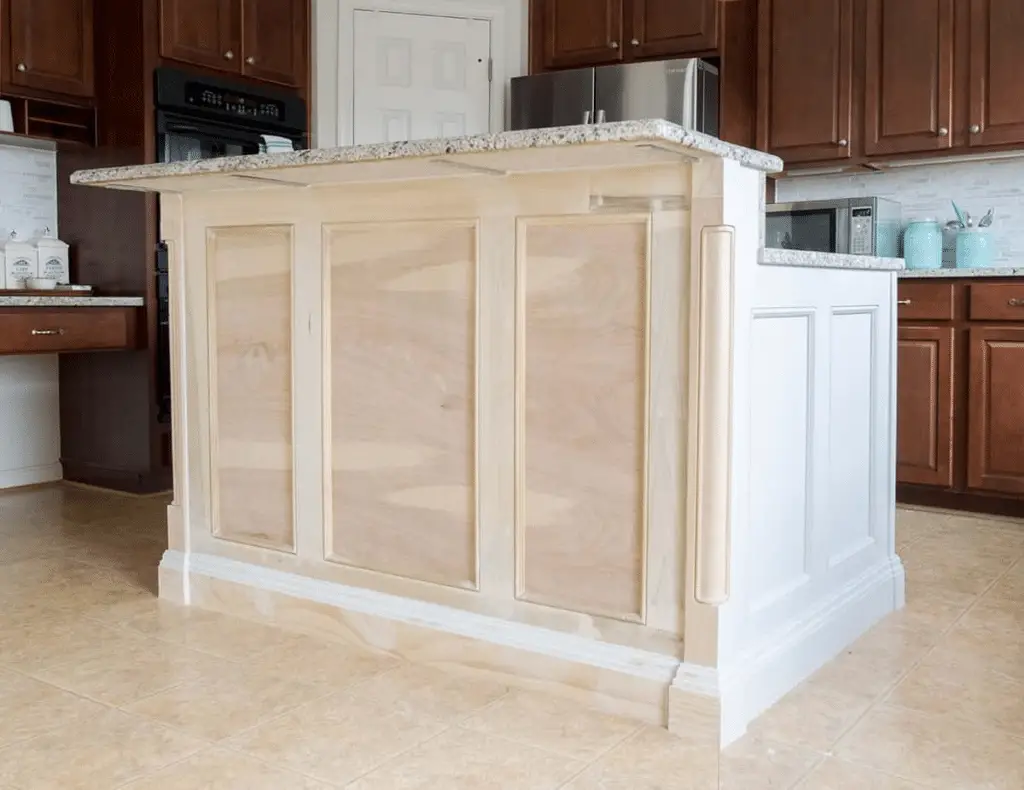
Furthermore, by adding molding to your kitchen island, you can prevent potential damage caused by water splashes, spills, and other kitchen mishaps. The molding acts as a barrier, safeguarding the vulnerable areas of your island and keeping it looking fresh and new for longer.
The Ability to Add Personal Style and Sophistication
Another major benefit of kitchen island molding is the opportunity to infuse your personal style into the heart of your kitchen. With a wide range of molding options available, from intricate crown molding to sleek baseboard molding, you can mix and match different styles to create a customized look that reflects your unique taste.

Whether you opt for cabinet crown molding for a touch of elegance or decorative molding for a pop of flair, the possibilities are endless when it comes to adding style and sophistication to your kitchen island. Molding allows you to transform a basic island into a statement piece that exudes charm and character, making it the focal point of your kitchen.
Boosting the Overall Value of Your Home
Finally, installing kitchen island molding can have a positive impact on the value of your home. When potential buyers walk into your kitchen and see a beautifully crafted island with intricate molding details, they are sure to be impressed. This added touch of luxury and sophistication can set your home apart from others on the market and increase its overall desirability.

By investing in kitchen island molding, you are not only enhancing the beauty and functionality of your kitchen but also adding value to your home. It’s a simple yet effective way to elevate the look of your space and make a lasting impression on anyone who walks through your door.
Types of Molding for Kitchen Islands
When it comes to enhancing the look of your kitchen island, choosing the right type of molding can make a significant difference. There are various options available, but three popular choices include crown molding, baseboard molding, and picture frame molding. Each type has its unique characteristics and can bring a different aesthetic to your kitchen.
Crown Molding
Crown molding is a classic choice for kitchen islands, known for its elegant and decorative look. This type of molding is typically installed at the top of the cabinets or along the ceiling, creating a seamless transition between the cabinets and the ceiling. Crown molding adds a touch of sophistication and can help to visually raise the height of your kitchen cabinets, making the entire space feel more grand and luxurious.

One of the key reasons to choose crown molding for your kitchen island is its ability to create a cohesive and finished look. It can add a touch of traditional charm or modern flair, depending on the style you choose. Whether you opt for a simple and understated design or a more ornate pattern, crown molding is sure to elevate the overall aesthetic of your kitchen.
Baseboard Molding
Baseboard molding, also known as base molding, is another popular choice for kitchen islands. This type of molding is installed at the bottom of the cabinets, where they meet the floor. Baseboard molding helps to cover the joint between the cabinets and the floor, providing a polished and seamless finish to your kitchen island.

One of the main reasons to choose baseboard molding is its practicality. Not only does it enhance the visual appeal of your kitchen island, but it also serves a functional purpose by protecting the cabinets from water damage and other wear and tear. Baseboard molding is available in a variety of styles and sizes, allowing you to customize the look of your kitchen to suit your personal preferences.
Picture Frame Molding
Picture frame molding is a unique and stylish option for adding a decorative touch to your kitchen island. This type of molding features a series of rectangular or square frames that are installed on the front of the cabinets, creating a visually interesting and textured look. Picture frame molding can be customized in terms of size, shape, and pattern, allowing you to create a truly bespoke design for your kitchen.

One of the reasons to choose picture frame molding is its ability to add depth and visual interest to your kitchen island. Whether you prefer a traditional paneled look or a more contemporary geometric design, picture frame molding can help to add character and personality to your kitchen. This type of molding is perfect for homeowners looking to make a bold statement and showcase their unique style.
When choosing the right type of molding for your kitchen island, consider the overall style and theme of your kitchen, as well as your personal preferences. Each type of molding offers its own set of benefits and can dramatically transform the look and feel of your space.
Choosing the Right Kitchen Island Molding
When it comes to choosing the right kitchen island molding, there are a few key elements to consider to ensure that it not only enhances the aesthetic appeal of your kitchen but also complements the overall style and theme of the space.
Color
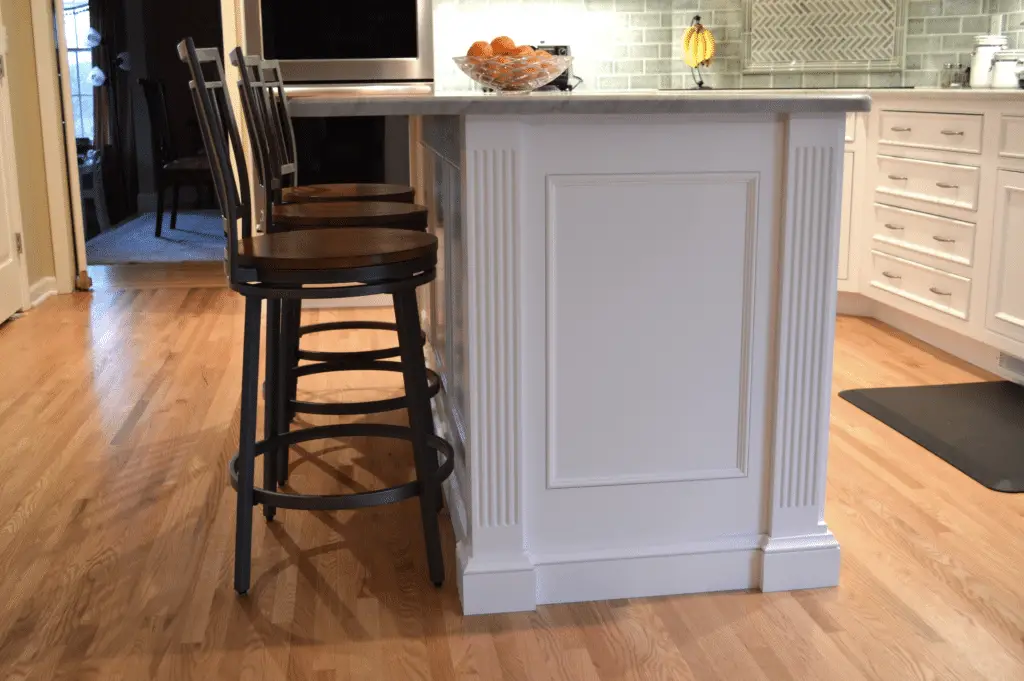
The color of the molding plays a crucial role in tying together the look of your kitchen island with the rest of the room. Opting for a color that either contrasts or matches the color scheme of your kitchen can create a cohesive and visually appealing design. For example, if your kitchen features dark wood cabinets, choosing a similar dark wood molding can create a sense of unity in the space.
Height and Width
The height and width of the molding can greatly impact the overall look of your kitchen island. Taller and wider moldings tend to make a bold statement and can add a touch of elegance to the space. On the other hand, smaller and more understated moldings can create a subtle and minimalist look. Consider the size of your kitchen island and the proportion of the room when choosing the height and width of the molding.
Material

The material of the molding can also influence the style of your kitchen island. From traditional wood moldings to modern metal or composite options, there are various materials to choose from that can complement your kitchen’s aesthetic. Consider the durability, maintenance, and overall feel of the material to ensure that it suits your lifestyle and design preferences.
Matching with Overall Style and Theme
One of the most important factors to consider when choosing kitchen island molding is how well it matches with the overall style and theme of your kitchen. Whether your kitchen features a rustic farmhouse look or a sleek and contemporary design, selecting molding that complements the existing style can help tie the room together and create a cohesive look. Take into account the finishes, textures, and architectural elements of your kitchen when selecting the perfect molding for your island.
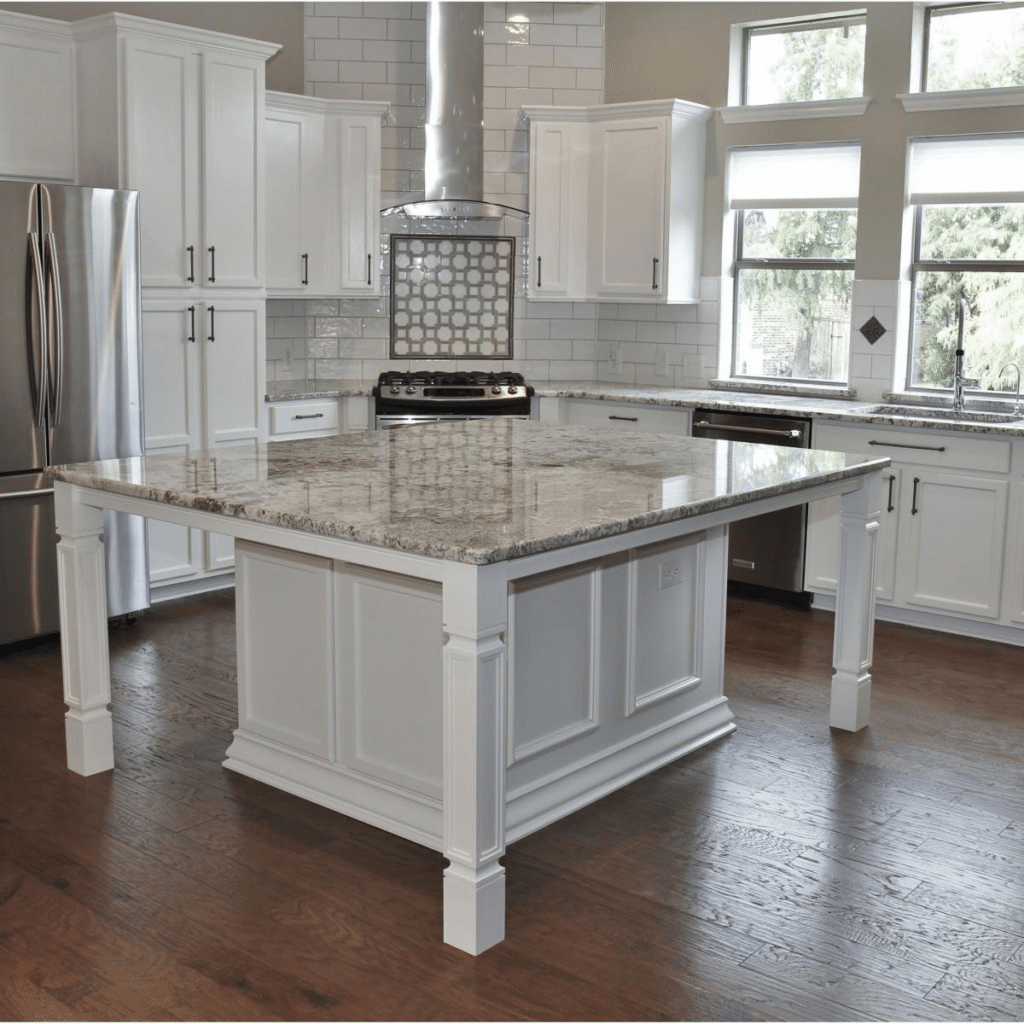
By carefully considering the color, height, width, material, and overall style of your kitchen, you can choose the right island molding that not only enhances the aesthetic appeal of the space but also reflects your personal style and taste. So, take your time to explore different options and find the perfect molding that will elevate the look of your kitchen island.
Practical Tips on Installing Kitchen Island Molding
When it comes to enhancing the visual appeal of your kitchen island, adding molding can make a significant difference. However, before diving into the installation process, there are a few key considerations to keep in mind.
Professional Help vs. DIY
One of the first decisions you’ll need to make is whether to tackle the installation yourself or hire a professional. While hiring a professional can ensure a flawless finish, it can also be costly. On the other hand, opting for a DIY approach can save you money but requires patience and precision.

If you’re new to woodworking projects or have limited experience with interior design, it might be best to consult with a professional. They can provide guidance on the best molding ideas for your kitchen island and ensure proper installation.
Necessary Tools and Materials
Before starting the installation process, it’s essential to gather all the necessary tools and materials. Some of the basic tools you’ll need include a measuring tape, miter saw, coping saw, sandpaper, hammer, nails, and a caulking gun.
When it comes to materials, you’ll need to choose the right type of molding for your kitchen island. Whether you opt for cabinet crown molding, decorative molding, or custom kitchen islands trim, make sure to select a material that complements your kitchen’s style and theme.
Step-by-Step Installation Process

Once you have all the tools and materials ready, it’s time to begin the installation process. Here’s a simple step-by-step guide to help you properly install molding on your kitchen island:
1. Measure and cut the molding to fit the dimensions of your kitchen island. Use a miter saw to create precise angles and ensure a seamless finish.
2. Sand the edges of the molding to remove any rough patches or imperfections.
3. Attach the molding to the kitchen island using a combination of nails and adhesive. Make sure to secure the molding firmly in place to prevent any gaps or loose ends.
4. Use a coping saw to create clean joints at the corners of the molding for a professional look.
5. Fill in any gaps or nail holes with wood putty and sand the surface for a smooth finish.
6. Apply a coat of paint or stain to the molding to match the color scheme of your kitchen island.
By following these steps and taking the necessary precautions, you can achieve a beautiful and sophisticated look for your kitchen island with custom molding installation. Whether you choose to go the DIY route or seek professional help, adding molding to your kitchen island can elevate its aesthetic appeal and enhance the overall value of your home.
Wrap Up Your Kitchen Island in Style!
Enhancing your kitchen island with the right molding can truly transform the heart of your home. From adding a touch of elegance to increasing its lifespan, the benefits are endless. Remember, choose the molding that not only suits your style but also complements your kitchen’s overall theme.
Whether you opt for crown, baseboard, or picture frame moldings, make sure to install it properly for a seamless look. So, don’t wait any longer – it’s time to give your kitchen island the makeover it deserves!


